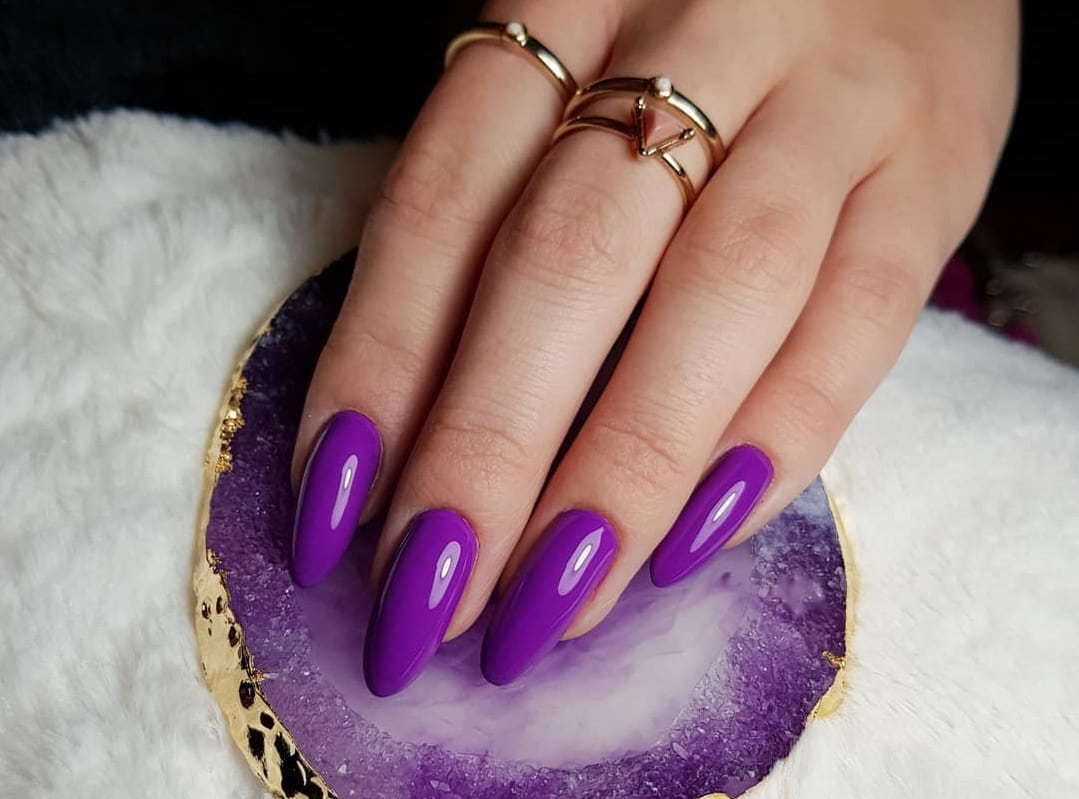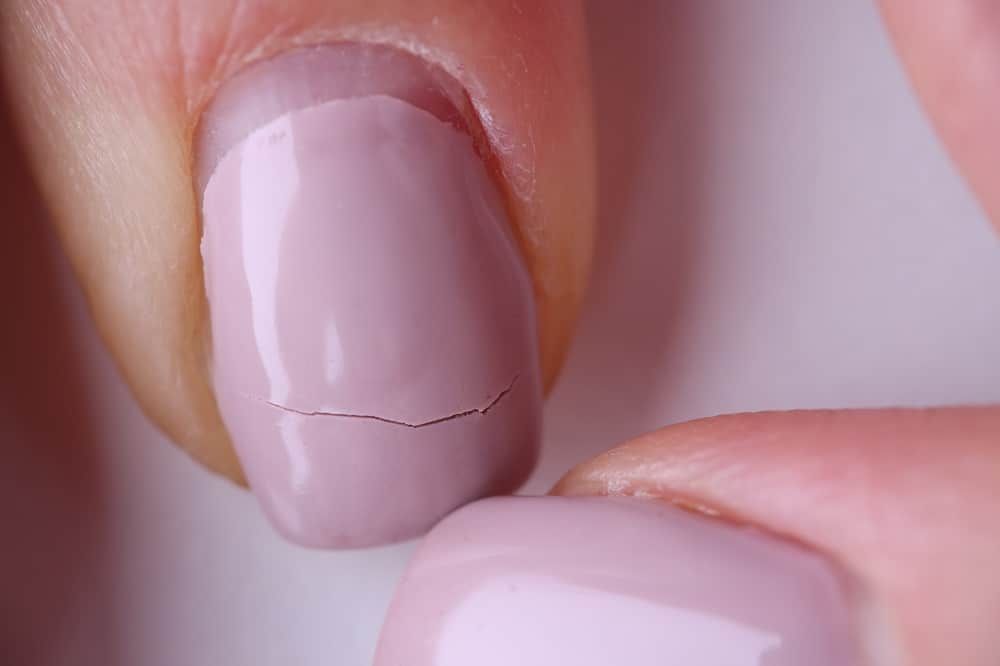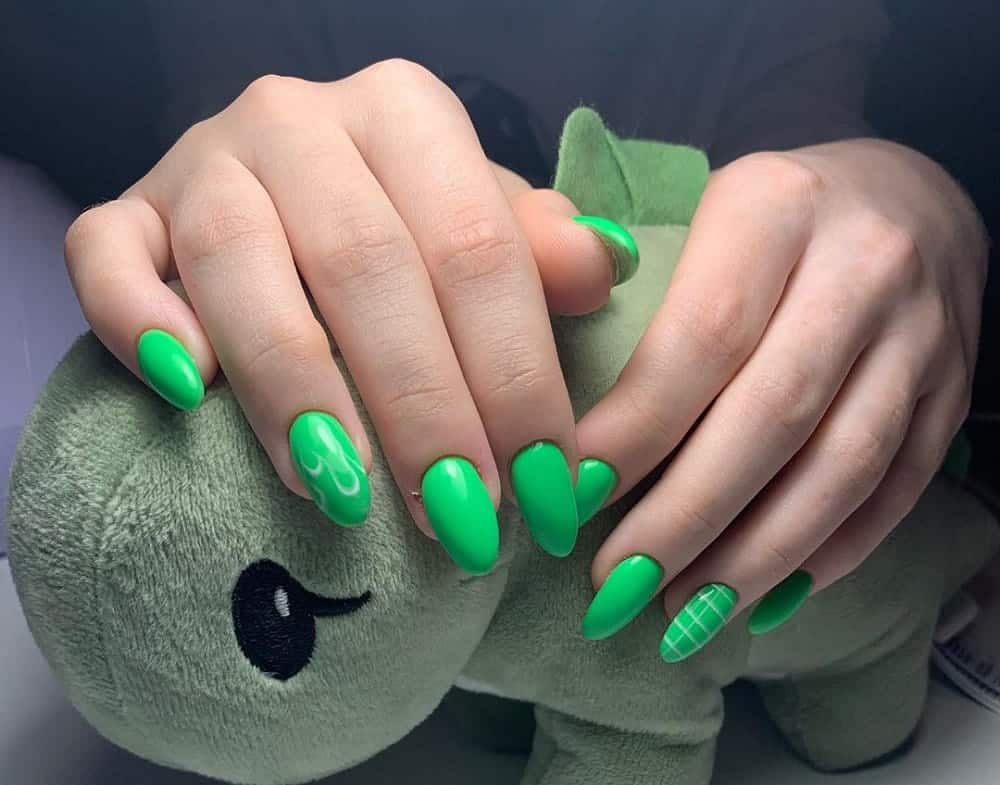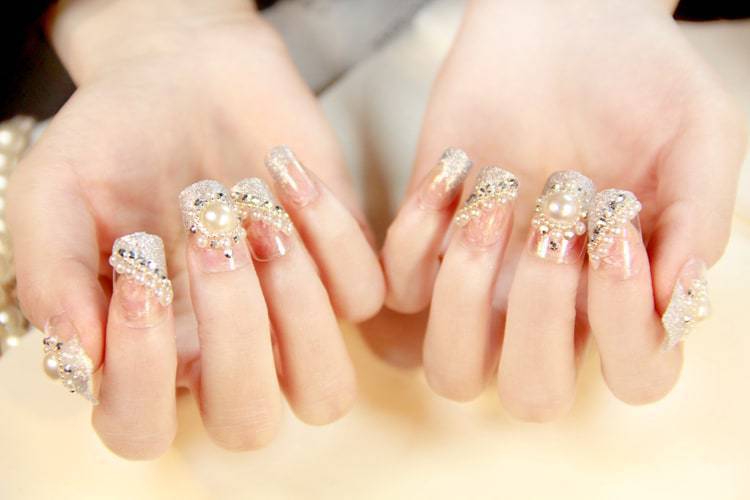Can You Use Nail Polish Remover on Acrylic Nails?
You popped by your favorite salon two weeks ago for a fresh set of acrylic nails. After sitting in the salon chair for an hour while your manicurist pruned your cuticles, carved away at the lump of acrylic polymers like a sculptor would chisel a marble slab, and applied a shiny coat of polish, you left the salon feeling like you could conquer the world.
But, two weeks have passed, and the top layer of polish is covered in scratches, it’s lost its shine, and it’s starting to chip away. What now?
Instead of spending more money for a polish change, you’ve decided to DIY your fresh coat. But can you use nail polish remover on acrylic nails? The short answer is yes, but the long answer is that it depends on the chemicals used in the nail polish remover.
Let’s explore which nail polish removers are safe to use on acrylic nails so that you don’t melt off your hard-earned artificial nails.
Nail Polish Remover on Acrylic Nails
You can, in fact, use nail polish remover on acrylic nails. But, before you go wiping whatever nail polish remover is in the cabinet all over your acrylics, make sure that your nail polish remover doesn’t contain any chemicals that will damage your artificial nails.
The most important ingredient to watch for is acetone.
Acetone-Based Nail Polish Remover
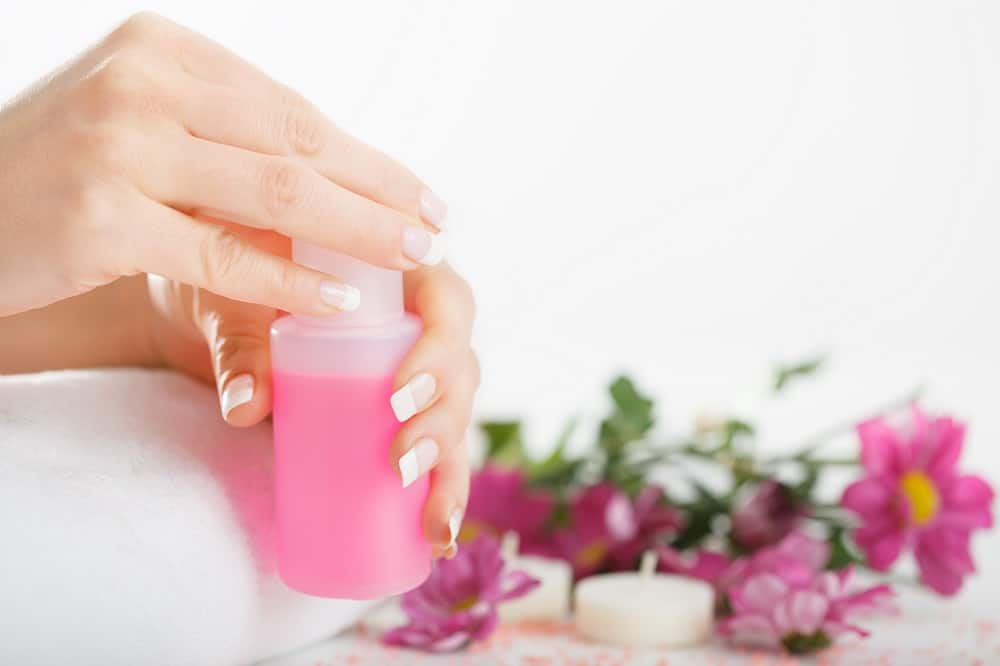
One of the most common ingredients used in nail polish remover is acetone, a nonpolar solvent used in a variety of applications. Non-polar solvents dissolve other nonpolar solvents and solids, and since nail polish and most nail products are nonpolar, acetone is commonly used as a nail polish remover.
Acetone is both manufactured and found in nature. It evaporates quickly and is not dangerous in low volumes. But, while it will remove nail polish, it’ll also dissolve your acrylic nails. In fact, many salons use acetone to remove acrylic nails, so laqueristas are advised not to use it for removing nail polish from acrylic nails.
When shopping for a nail polish remover, it’s important to closely read product labels. Three common types of nail polish removers are
- 100% acetone nail polish removers (often labeled as “professional grade”)
- Nail polish removers that contain acetone along with other nonpolar solvents
- Non-acetone nail polish removers that use other nonpolar solvents to dissolve nail polish (a common solvent being ethyl acetate)
Nail polish removers made with 100% acetone should only be used on acrylic nails if you’re trying to remove them completely. These nail polish removers will dissolve both the acrylic polymers used to create the artificial nails and the glue that adheres the plastic nail tips to your natural nails.
But, some nail polish removers contain other ingredients in addition to acetone, but you should avoid using these on acrylic nails as well. Any amount of acetone in nail polish remover will degrade your acrylic nails, even if acetone isn’t first on the list of ingredients. Make sure to read nail polish remover labels carefully.
However, non-acetone nail polish removers are safe to use on acrylic nails. One of the most common ingredients in non-acetone nail polish removers is ethyl acetate, another nonpolar solvent.
Ethyl Acetate-Based Nail Polish Remover
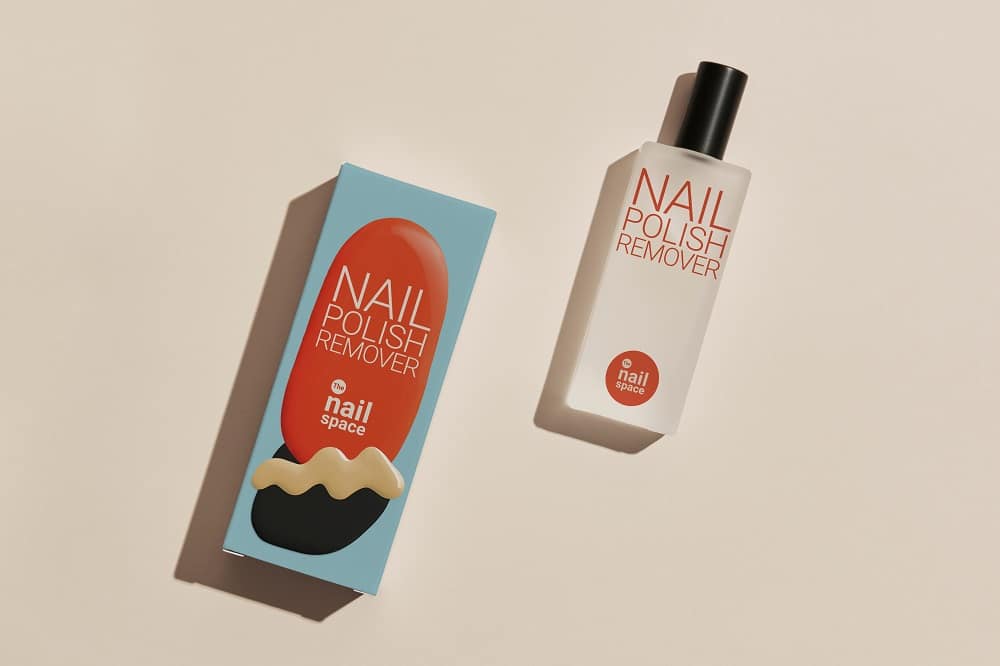
Ethyl acetate is another nonpolar solvent used to dissolve nonpolar solvents and solids, like hair dye. Ethyl acetate is one of the most common ingredients in non-acetone nail polish removers, and it’s the safest ingredient to use when removing nail polish from your acrylic nails.
So, can you use nail polish remover on acrylic nails? Yes, as long as it contains ethyl acetate instead of acetone. Some nail polish removers contain both, so be sure to purchase a nail polish remover where acetone is absent from the ingredients list.
But, while 100% acetone nail polish removers are common, 100% ethyl acetate nail polish removers are not. Other common ingredients in ethyl acetate nail polish removers include
- Denatured alcohol (often written as “alcohol denat.”)
- Glycerin
- A neutral oil, like coconut oil
Are these ingredients safe for removing polish from your acrylic nails? Absolutely.
Additional ingredients are often used to moisturize your nails and skin, dilute the ethyl alcohol to prevent skin damage, and provide a pleasant scent to mask the alcohol smells of both ethyl acetate and denatured alcohol.
While the additional ingredients in ethyl acetate nail polish removers are typically nonpolar solvents, they’re unlikely to contribute to the actual dissolution of your nail polish. After all, when was the last time someone told you to use coconut oil as a nail polish remover?
Protecting Your Acrylic Nails During a Polish Change
If you’re trying to change the polish on your acrylic nails without removing the entire acrylic nail, you’ll have to pay close attention to the ingredients list on your nail polish remover bottle. Can you use nail polish remover on acrylic nails? Yes, but make sure to use an ethyl acetate-based nail polish remover instead of an acetone-based nail polish remover.
If the label has worn off on your nail polish remover bottle, don’t take a chance with your precious acrylics. They’re expensive, after all! Head to your local drugstore to pick up a product that you’re confident is free of acetone to keep your acrylics safe during a polish change.
